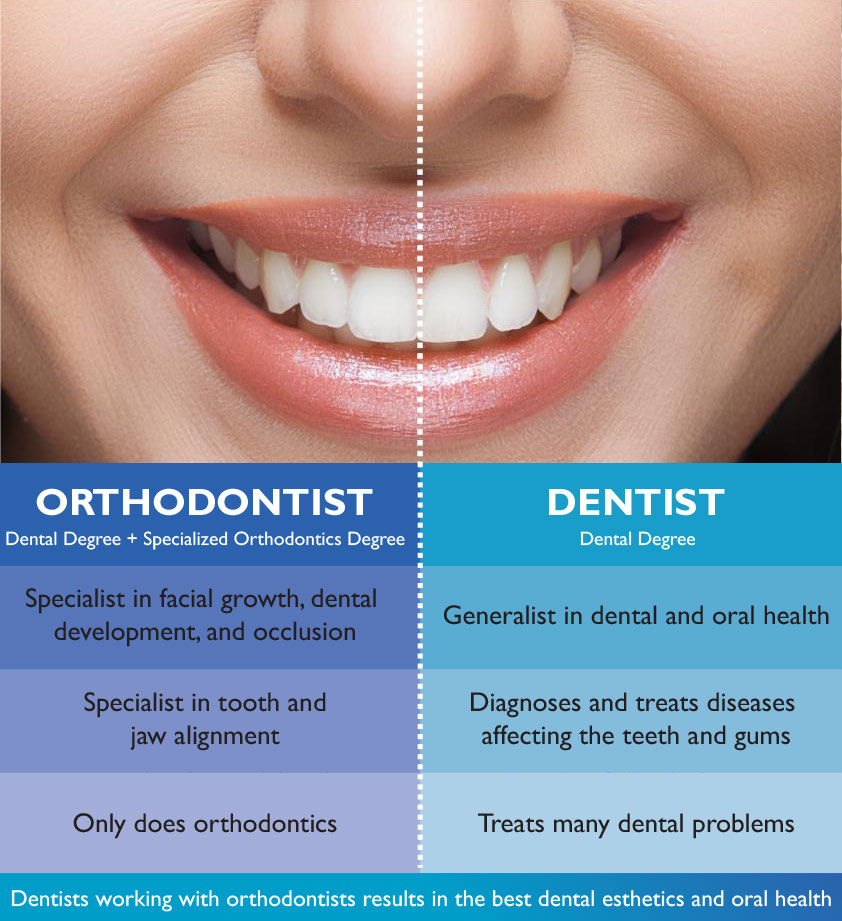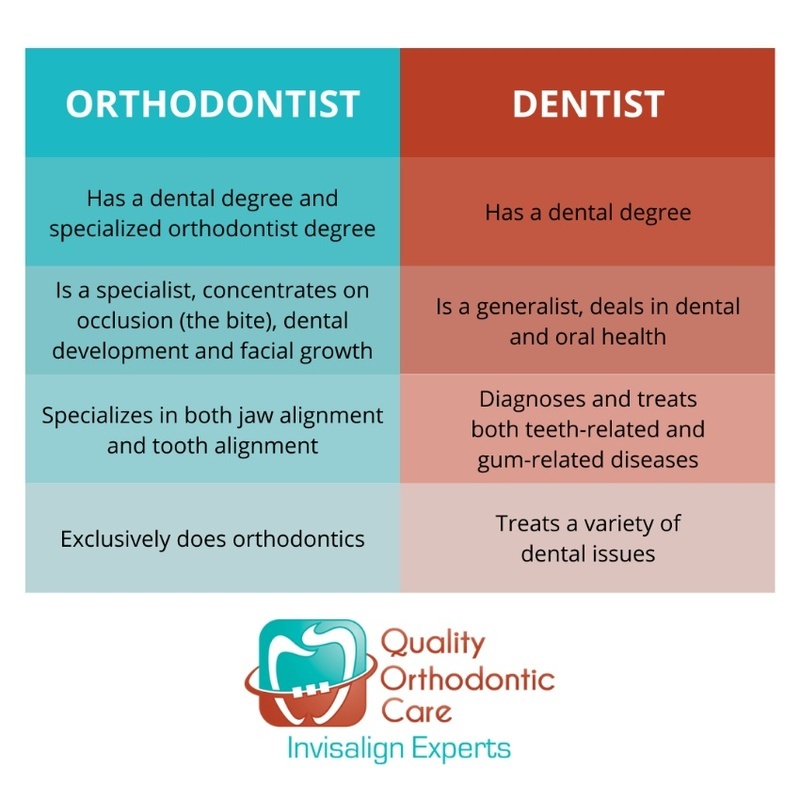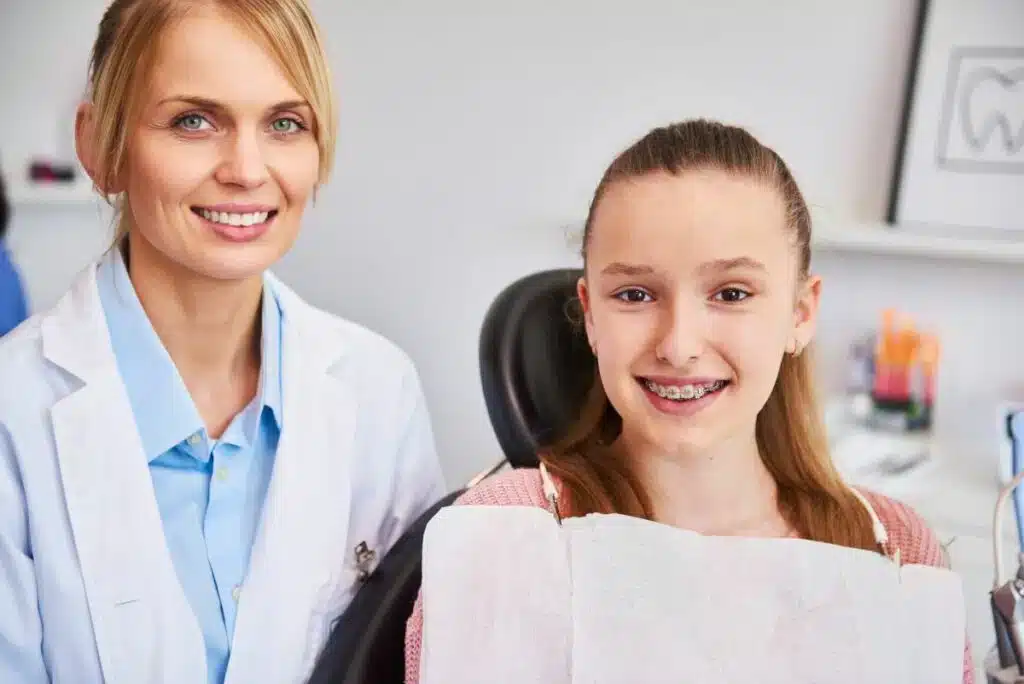The 30-Second Trick For Causey Orthodontics
About Causey Orthodontics
Table of ContentsThe Ultimate Guide To Causey OrthodonticsThe Definitive Guide to Causey OrthodonticsEverything about Causey OrthodonticsThe 7-Minute Rule for Causey OrthodonticsThe Buzz on Causey Orthodontics
Neglecting occlusal connections, it was common to remove teeth for a range of dental problems, such as malalignment or congestion. The concept of an undamaged teeth was not widely valued in those days, making bite connections appear pointless. In the late 1800s, the idea of occlusion was important for creating reputable prosthetic replacement teeth.As these concepts of prosthetic occlusion proceeded, it ended up being an important tool for dentistry. It was in 1890 that the work and effect of Dr. Edwards H. Angle started to be felt, with his contribution to modern orthodontics particularly significant. Originally concentrated on prosthodontics, he showed in Pennsylvania and Minnesota prior to guiding his focus towards oral occlusion and the treatments required to preserve it as a regular condition, therefore becoming recognized as the "daddy of modern orthodontics".

The principle of ideal occlusion, as proposed by Angle and included into a classification system, made it possible for a change in the direction of treating malocclusion, which is any kind of inconsistency from regular occlusion. Having a full set of teeth on both arcs was highly searched for in orthodontic treatment as a result of the requirement for specific relationships in between them.
Little Known Questions About Causey Orthodontics.
As occlusion became the vital priority, face percentages and aesthetics were disregarded - emergency orthodontist near me. To attain ideal occlusals without making use of outside pressures, Angle postulated that having excellent occlusion was the most effective method to gain optimum face appearances. With the death of time, it came to be quite noticeable that even an extraordinary occlusion was not suitable when taken into consideration from a visual perspective
It became evident that orthodontic therapy might readjust mandibular advancement, bring about the development of practical jaw orthopedics in Europe and extraoral force steps in the US. These days, both functional devices and extraoral gadgets are applied around the globe with the aim of modifying development patterns and forms. Consequently, pursuing real, or at the very least improved, jaw relationships had actually come to be the primary objective of treatment by the mid-20th century.
The Greatest Guide To Causey Orthodontics
 The American Journal of Orthodontics was developed for this objective in 1915; before it, there were no clinical goals to comply with, neither any specific classification system and brackets that lacked functions. Till the mid-1970s, braces were made by covering steel around each tooth. With innovations in adhesives, it ended up being feasible to rather bond metal braces to the teeth.
The American Journal of Orthodontics was developed for this objective in 1915; before it, there were no clinical goals to comply with, neither any specific classification system and brackets that lacked functions. Till the mid-1970s, braces were made by covering steel around each tooth. With innovations in adhesives, it ended up being feasible to rather bond metal braces to the teeth.This has had significant impacts on orthodontic therapies that are provided routinely, and these are: 1. Right interarchal partnerships 2. Proper crown angulation (pointer) 3.
The benefit of the style hinges on its brace and archwire mix, which needs just very little wire bending from the orthodontist or clinician (best orthodontist). It's aptly named hereafter function: the angle of the port and thickness of the bracket base ultimately identify where each tooth is situated with little requirement for added control
Facts About Causey Orthodontics Uncovered
Both of these systems utilized the same brackets for every tooth and required the bending of an archwire in 3 planes for situating teeth in their desired settings, with these bends dictating best placements. When it comes to orthodontic devices, they are divided right into two kinds: removable and taken care of. Detachable appliances can be tackled and off by the client as required.

Therefore, practically all contemporary fixed devices can be taken into consideration variants on this edgewise appliance system. Early 20th-century orthodontist Edward Angle made a significant payment to the world of dental care. He created four distinctive home appliance systems that have actually been utilized as the basis for numerous orthodontic therapies today, disallowing a few exceptions.
The Buzz on Causey Orthodontics

The wire finished in a thread, and to relocate onward, a flexible nut was utilized, which permitted a boost in circumference. By ligation, each private tooth was attached to this large archwire (orthodontist services). As a result of its restricted variety of activity, Angle was unable to achieve exact tooth positioning with an E-arch
These tubes held a soldered pin, which might be repositioned at each consultation in order to move them in position. Called the "bone-growing appliance", this gizmo was thought to encourage much healthier bone growth as a result of its capacity for moving force straight to the roots. Applying it proved problematic in reality.